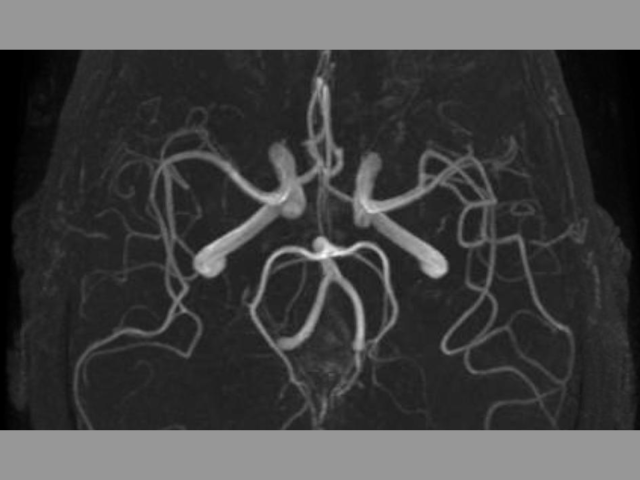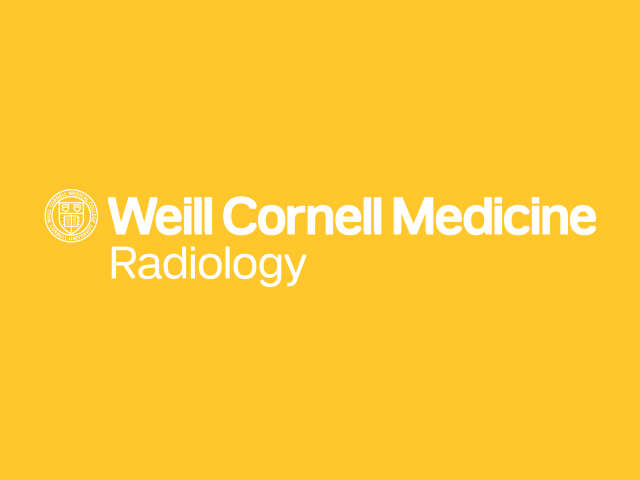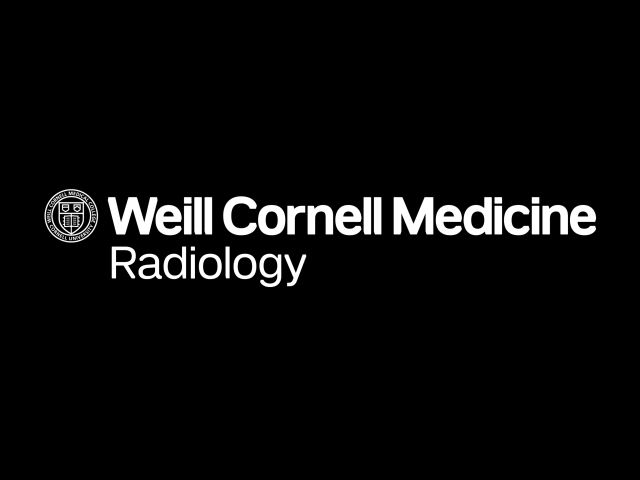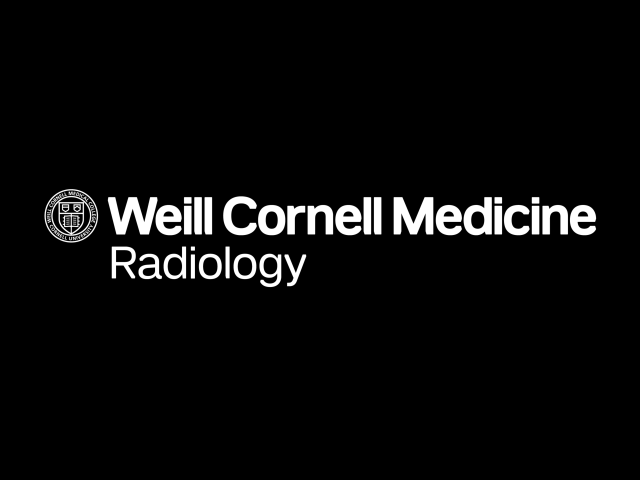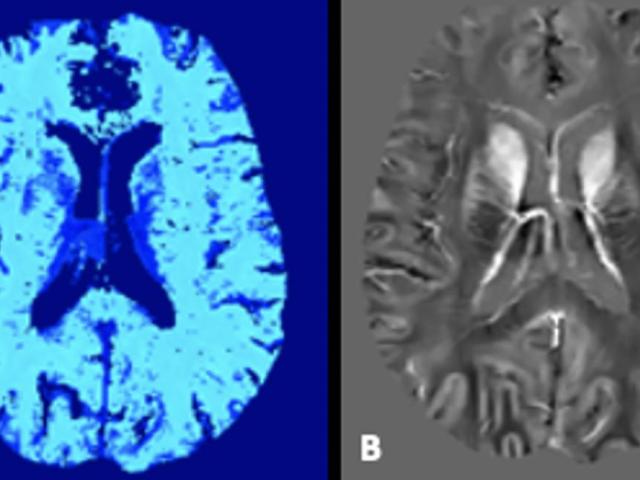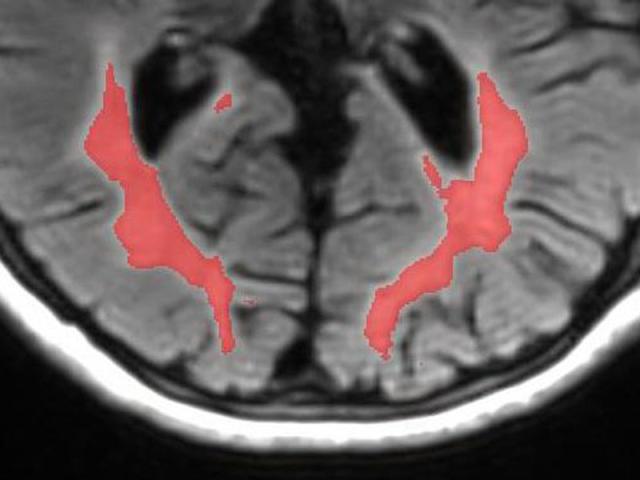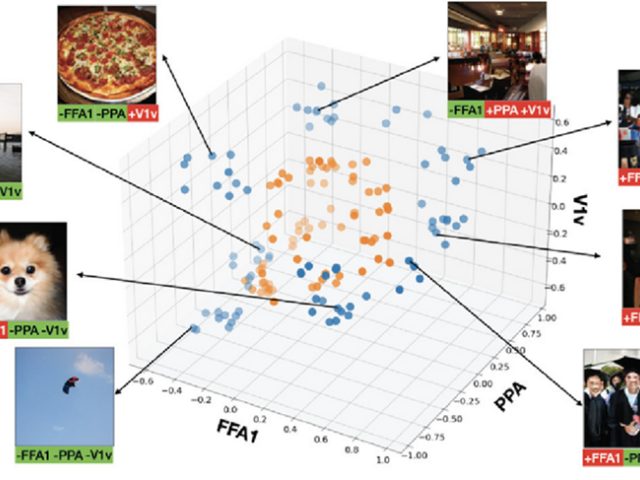Anatomy of the circle of Willis, cerebral blood flow, and Alzheimer's disease biomarkers in hypertension
The Glodzik Lab plans to expand upon their past work describing an optimal blood pressure target, focusing on incomplete variants of the circle of Willis (CoW). The lab's data indicate that incomplete variants play a role in circumstances when there is already a pre-existing impairment of the vascular system. This project will examine whether incomplete variants of the CoW, in the setting of...
PET measures of CSF clearance in preclinical AD
This PET project examines the longitudinal relationship between the clearance of cerebrospinal fluid and the propagation of brain amyloid.
CSF clearance and brain amyloid dynamics after traumatic brain injury (TBI)
The goal of this grant: to examine whether CSF clearance is relevant to recovery (cognitive, functional and symptomatic) from TBI, and if CSF clearance predicts the reduction in the amount of amyloid present in the brain one year after TBI.
Quantitative mapping of brain tissue free water in preclinical AD
This project develops a new biomarker of glymphatic clearance by mapping brain tissue free water. We hypothesize that the increased brain parenchyma cerebrospinal fluid fraction (CSFF) is predictive of ventricular CSF clearance, future amyloid and tau lesions and cognitive decline in Alzheimer's disease.
Acute genetic manipulation of phosphoinositide metabolism to rescue lipid and behavioral deficits in AD mouse model
Using optogenetics to temporally and spatially regulate phosphoinositide lipid synthesis in the mouse brain, the McIntire lab has shown amelioration of phosphoinositide dysregulation and behavioral benefit in a mouse model of Alzheimer's disease (AD).
Screening for phosphoinositide-modifying enzymes that prevent amyloid-induced synaptic loss in mouse embryonic stem cell-derived neurons
Screening for phosphoinositide-modifying enzymes that can prevent amyloid-induced synaptic loss in mouse embryonic stem cell-derived neurons.
Quantitative susceptibility mapping as a non-invasive imaging biomarker for predicting neurodegeneration in Alzheimer’s disease
This study will establish cellular sources of quantitative susceptibility mapping (QSM) signal in Alzheimer’s disease (AD) brain tissue, and establish QSM as a predictor of neurodegeneration, using structural and metabolic magnetic resonance (MR) metrics.
No-Gd MRI for monitoring disease status in multiple sclerosis
This study will establish the diagnostic accuracy of quantitative susceptibility mapping (QSM) in monitoring disease in multiple sclerosis patients, without the use of intravenous gadolinium, and in predicting acuity of white matter lesions.
7T magnetic resonance imaging system for basic, translational and clinical research
This is a High-End Instrumentation Grant to provide support for a state-of-the-art human whole-body seven Tesla (7T) magnetic resonance imaging (MRI) system as a Special Use Instrument at WCM.
Creating and validating a novel, non-invasive method for targeted brain activation
Neuromodulation (the localized manipulation of neuronal activity) holds therapeutic promise for neurological/neuropsychiatric diseases. There is currently an unmet need for a non-invasive, safe, personalized and inexpensive method of neuromodulation that can be used to functionally target and manipulate brain networks to achieve therapeutic goals. The lab’s long-term goal is to develop a novel...



